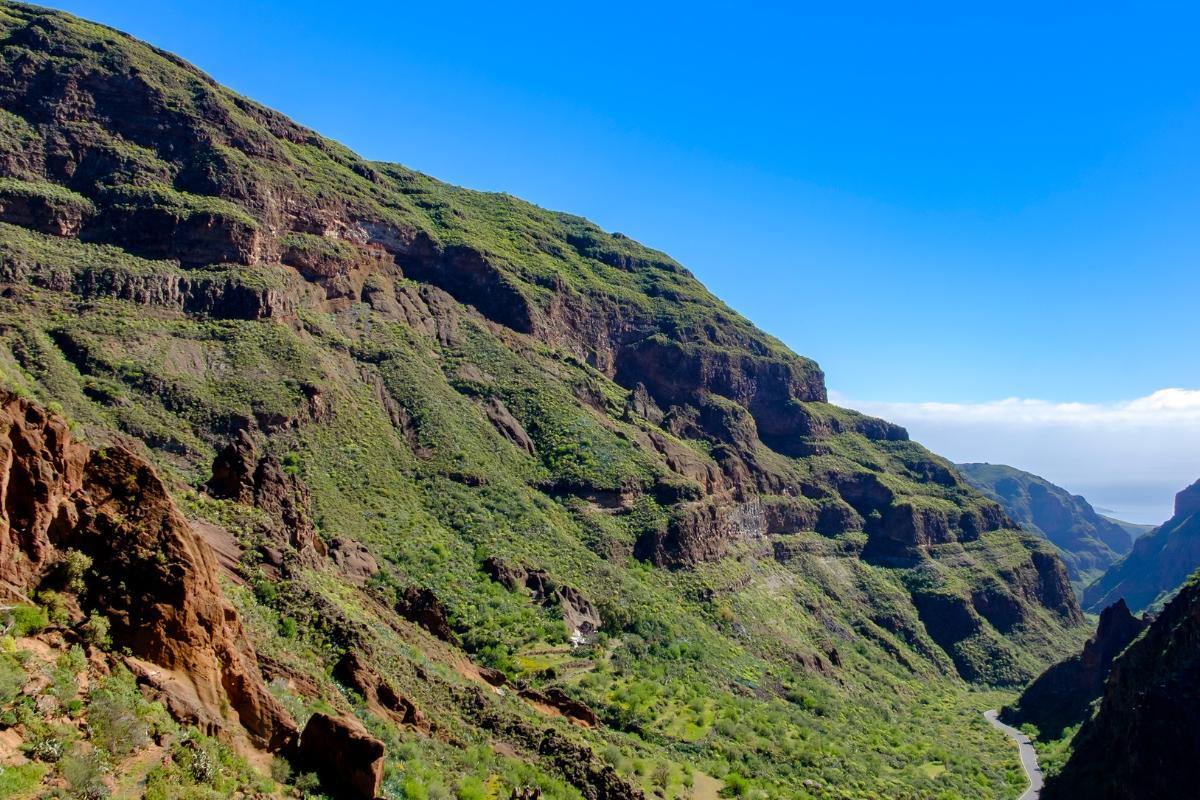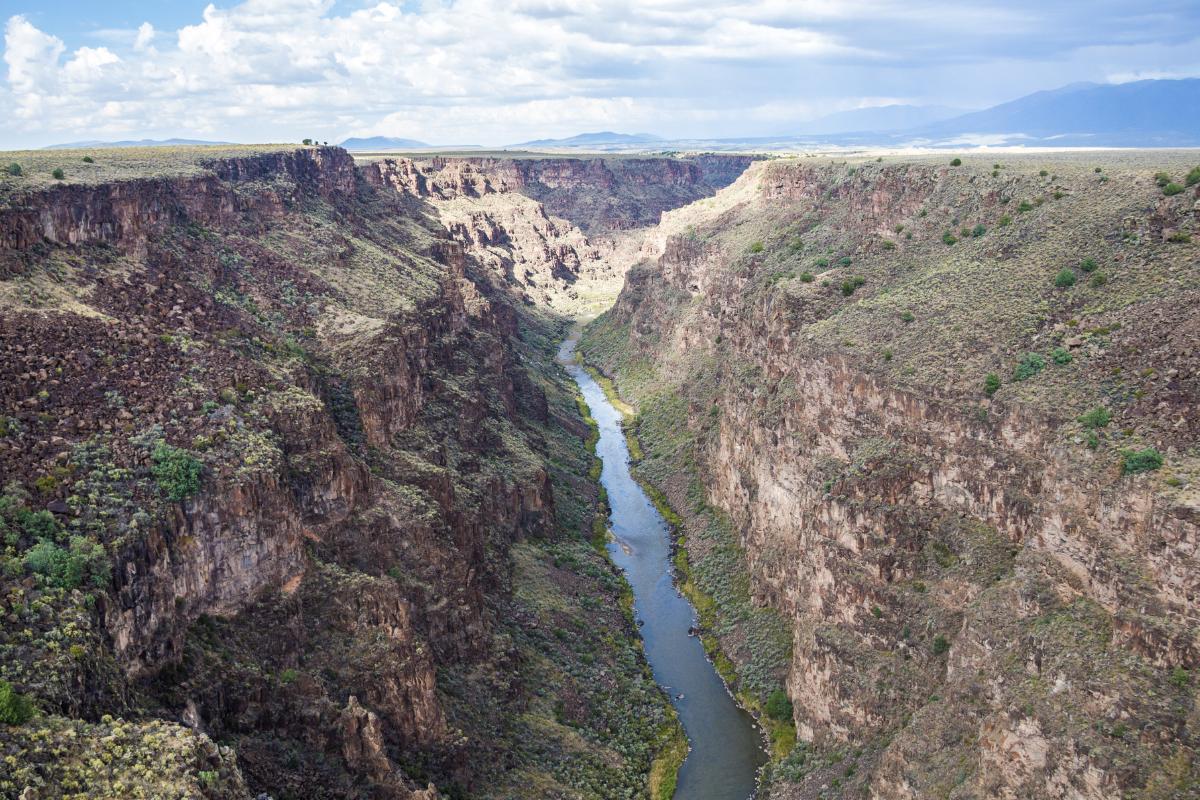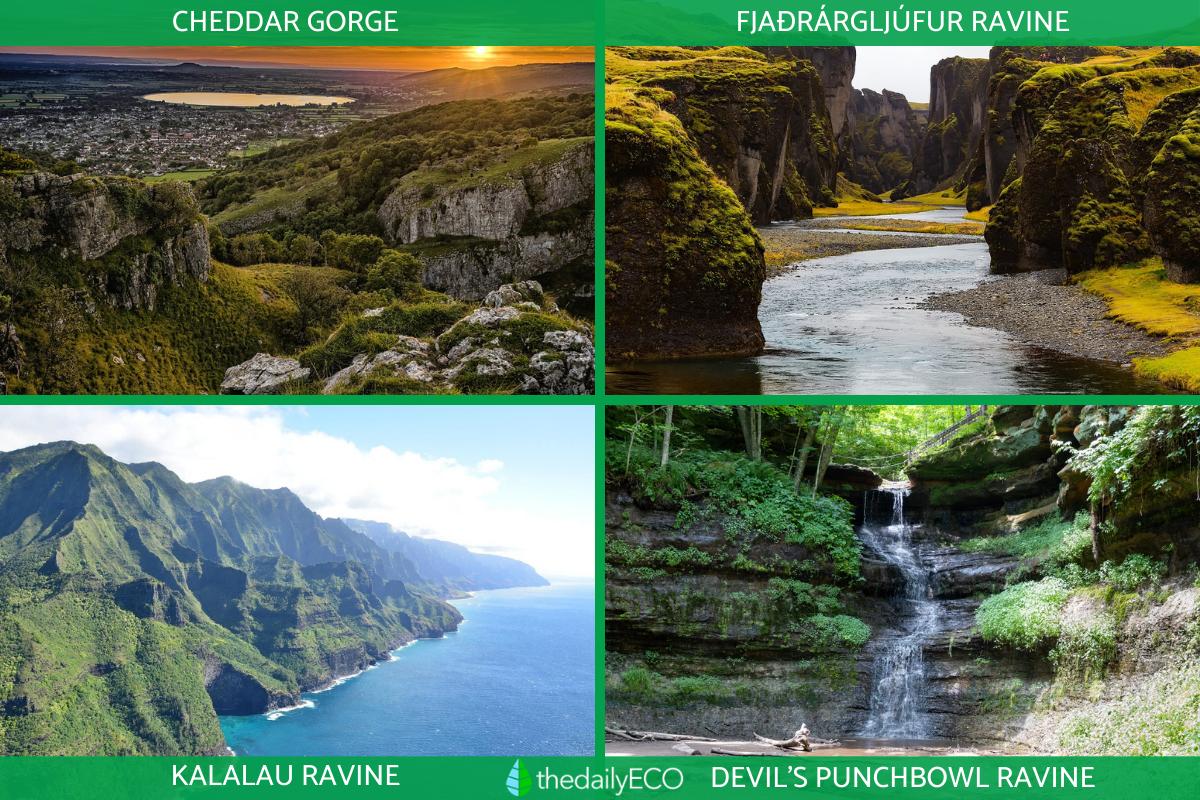What Is a Ravine in Geography?

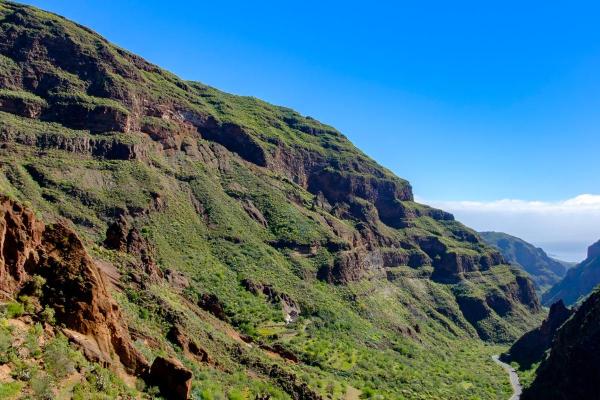
A ravine is an abrupt geographical feature generated on the surface of the ground that is charactertized by relatively steep sides and a narrow space between them. The formation of ravines has various causes, but water erosion is one of the most common. Tetonic activity can also influence ravine formation. Ravines are landforms which can be found in various territories across the world, although they are most common in mountainous areas where there is a lot of rock. They are often compared to canyons, being much smaller than these vast landforms. thedailyECO explains more by asking what is a ravine in geography? In addition to a definition and characteristics, we share some examples found across the globe.
What is a ravine in geography?
A ravine is an abrupt unevenness in the surface of the ground that can be caused by different causes such as erosive processes resulting from the watercourse of a river or stream. They can also be formed by movements of tectonic plates or as a result of the depression between two normal faults that are oriented parallel. These are also known as tectonic trenches.
Beyond being a characteristic landform, ravines have both high environmental and urban value. From an ecological perspective, they function as reservoirs of biodiversity and biological corridors that facilitate the movement and dispersal of species. They also act as natural barriers to delineate various parts of ecosystems.
Ravines can also play a key role in recharging aquifers, regulating the microclimate and mitigating the effects of climate change. This gives them strategic importance within the hydrological cycle. In urban environments, ravines constitute green spaces that improve people's quality of life. They are usually adapted to meet the infrastructure needs of urban environments, but can provide opportunities for recreation or contact with nature.
In urban areas, ravines can provide protection from the elements. This is why they are often occupied by unhoused persons. While this can provide some respite, they can also have potential dangers if the areas are not sufficiently secured.
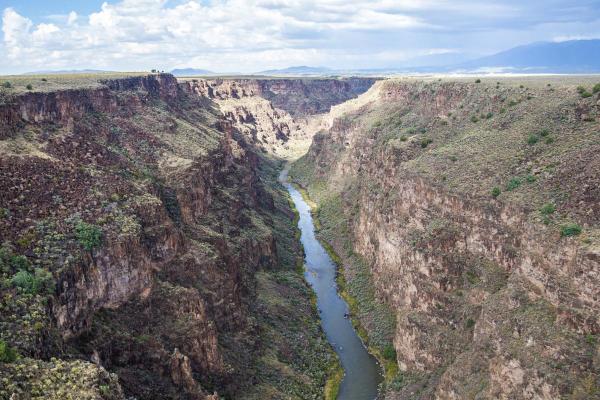
How are ravines formed?
Ravines form over time as a result of various geological and climatic processes affecting the Earth's surface. The most common mechanisms include:
- Water erosion: when water from a river or stream flows over the Earth's surface, it exerts an erosive force that gradually wears away and transports soil materials. Over time, this erosive action creates steep slopes that give rise to ravines. You can learn about a similar type of geological wearing caused by water in our article asking what is river erosion?
- Tectonic activity: another process that can give rise to ravines is tectonic activity. When the plates of the Earth's crust shift, they can create faults or fractures. In some cases, depressions form between two parallel faults. Known as grabens, this is where the ground subsides and leaves ravines on both sides. Larger tectonic movements can result in larger landforms which gives way to canyons.
- Influence of other factors: in addition to water erosion, other factors can influence the development of ravines, such as the action of ice or the chemical weathering of rocks. These factors can modify the shape and characteristics of the ravines, which continue to evolve over time.
The final shape of a ravine depends on several factors. These include the nature of the rock, the slope of the terrain, the flow of water through the area and the vegetation cover. For this reason, no two ravines are exactly alike. Each reflects the geological and climatic history of its geographical location.
Learn more about the formation of a similar type of landform with our article asking what is a wadi in geography?
Examples of ravines around the world
Some examples of ravines found around the world include the following:
- Badajoz Ravine (Spain): this ravine is located in the southeast of Tenerife. It is a tributary of the Agua Ravine, located at the southern end of the Güímar Valley.
- Cheddar Gorge (United Kingdom): often referred to as a gorge, this steep-sided limestone valley in Somerset is one of the most dramatic natural features in England. It is home to diverse plant and animal life and has yielded important prehistoric archaeological finds. This includes Britain’s oldest complete human skeleton known as Cheddar Man. Not all of the gorge is a ravine but there are ravines found throughout.
- Fjaðrárgljúfur Ravine (Iceland): located in southeast Iceland, this narrow and winding ravine is about 2 km long and up to 100 meters deep. It was carved by the Fjaðrá River over thousands of years. Its moss-covered cliffs and dramatic formations make it a popular natural attraction.
- Devil's Punchbowl Ravine (Canada): situated in Hamilton, Ontario — known as the waterfall capital of the world — this ravine features layered sedimentary rock and a waterfall. It's part of a larger conservation area and offers hiking trails and a view into ancient glacial history.
- Kalalau Ravine (Hawaiʻi, USA): found along the Nā Pali Coast of Kauaʻi, this steep and vegetated ravine cuts through lush volcanic cliffs. It leads down toward Kalalau Beach, but it’s only accessible by a challenging hiking trail. It is famous for its biodiversity and remote beauty.
- Frying Pan Ravine (New Zealand): nestled in the Tongariro National Park, this ravine lies near volcanic terrain. It features a steep-sided, vegetation-rich environment shaped by water erosion and geothermal activity.
Now you know what a ravine is in geography, you may want to learn about other geographical landforms with our article explaining the difference between waterfalls and cascades.

If you want to read similar articles to What Is a Ravine in Geography?, we recommend you visit our Environment (other) category.
- Perez, J. I. J., Gaytan, J. F. M., Cedillo, J. G. G., Nemiga, X. A., & Plata, M. A. B. (2009). Mexican ravine systems, a potential resource for alternative tourism. The case of the Calderon River Ravines, State of Mexico. The Sustainable Journey, (17), 31-54.





